Everyone has some damage in their life they must overcome, but have you ever considered all the causes of trauma? While some folks don’t want to go looking for hidden issues as they wish to keep emotional peace, the purpose is to uncover what’s behind your painful feelings so that you can heal.
You can’t fix a problem you can’t see, and you can’t heal from an issue you’ve yet to identify. While the trauma you’ve experienced is hidden and invisible to the world, the side effects it causes you are not so obscured. Regardless of what or who hurt you, you must know that there is help and hope for your future.
Understanding the Hidden Cause Trauma
Trauma is a response to an event that deeply disturbed you. It overwhelmed your emotional state and ability to cope, leaving you hopeless or helpless. It changed the way you think, as it altered your emotions.
You must understand that trauma is not an experience or event that happened to you, as much as it is the aftereffects. Two people can be involved in car accidents and be severely injured, yet one will develop a fear of being in the car and have anxiety just thinking about it. The other one will have no qualms about jumping in an automobile because they realize it was a mere accident. A reliable San Francisco Car Accident Lawyer can help navigate the legal complexities, ensuring you receive the support needed to address both physical recovery and emotional trauma effectively. Severely damaged cars can still be sold to Car’s Cash For Junk Clunkers at 2550 Catamaran Way, Chula Vista, CA 91914 (619) 489-2207 and get cash for cars.
Though both people went through the same thing, their responses were different. The University of Colorado’s Lyda Hill Institute for Human Resilience defines trauma as a muddled mental or behavioral condition resulting from psychological or emotional damage or bodily harm. It’s something that happens deep in your soul that leaves a mark.
Since so many traumas hide beneath the surface, their pain or effects occasionally seep into the forefront of life. For instance, you may watch a sad movie that triggers a memory. It makes you cry because your emotional state isn’t the best.
Trauma is very personal, and keeping it hidden creates a big problem. It will not disappear on its own, and when it’s ignored, it still screams silently inside. Your healing can begin when you hear these screams and pay attention to the causes of trauma and the pain it brings.

Identifying Six Hidden Causes of Trauma in Your Life
Uncovering the hidden causes of trauma in your life is the best place to begin. Here are six types that psychologists identify commonly.
1. Childhood Neglect (the most frequent causes of trauma)
Childhood neglect is a prevalent issue that leaves scars on the heart. According to the U.S. Department of Health and Human Services, an estimated 550,000 cases are reported each year. Sadly, four children will die each day in the United States of America due to neglect.
This one is different from the other trauma causes, as it occurs because something didn’t happen. For instance, a child is emotionally or physically neglected because their parent doesn’t attend to their needs. Each kid is unique and has specific requirements.
When the parent doesn’t respond in a way that satisfies these needs, it creates neglect. Sometimes the adult doesn’t see what’s happening to the child, especially if they have many children. However, the child fell through the cracks. In many instances, neglect comes with abuse.
When a child doesn’t have their needs fulfilled, it leaves a hole in their memory, and they can’t recall certain events. It’s challenging to heal from something that you can’t even remember.
2. Repressive Wound
Some people can be authoritative and firm but still kind, but others are overbearing bullies. One of the causes of trauma can be someone you loved who bullies you. This can happen on the job, at home, or in a relationship.
3. Unhealed Core Wounds
While all causes of trauma can be hard to handle, this one can be tough. No matter how often a person addresses the issues of trauma in their life, the root remains.
An unhealed core is where someone doesn’t know what happened to them. They may have blocked out events to protect themselves, so they must do some soul searching and find out what happened so that they can heal from it.
4. Dismissive
Dismissive trauma is a condition where a person won’t acknowledge or validate what happened to them. There are many reasons this might occur, such as fear of repercussions if they confront the person, place, or thing or don’t want to appear weak to others.
The trauma has been with them for so long that they start to perceive it as a regular part of their life, as it’s all they’ve ever known. Someone might have told them to suck it up and get over it, so it was dismissed as unimportant.
If anyone in their life has invalidated the things they’ve been through, it can cause them to bury the pain deep within and not address it. When considering the kinds of trauma, dismissal is one of the ones that many people fight.
5. Generational Causes of Trauma
Generational causes of trauma are hidden but real. These feelings pass down from one generation to another. It’s divided into two categories, transgenerational and intergenerational. For instance, a man whose father beat him as a punishment might think this is an acceptable way to punish a child.
Although, the punishment leaves marks on the body and soul. Therefore, abused people often go on to be abusive to their children. It’s also why many children raised by alcoholics develop substance abuse disorders.
6. Post-Traumatic Stress Disorder PTSD
According to the National Library of Medicine, post-traumatic stress disorder is when a person encounters a disturbing, scary, or even dangerous experience. Everyone will experience the fight or flight feelings at some point in life, but the person who develops PTSD can’t stop relieving this event when triggered.
The discovery of this anxiety disorder heightened after WWII when people came home “shell-shocked” and altered from the disturbing things they observed. PTSD is very stigmatized and often misunderstood. Ironically, the article states that women suffer more from this condition than men, which was believed to be the other way around.
The issue is that women internalize stuff, whereas men are freer to get things off their chest. Internalizing trauma and not allowing those feelings to be processed can cause many issues.
Side Effects from Emotional Damage

The causes of trauma can cause many things to occur in your body. It alters your emotional state and the feelings you have towards everyday things. Here are some of the most common side effects that psychologists observe:
- Trouble maintaining healthy relationships
- Substance abuse tendencies
- Anxiety disorders with intrusive thoughts
- Depression and chronic despair
- Eating disorders
- Compulsive issues
- Borderline or other personality disorders
Seven Habits to Heal Your Inner Wounds
Now that you’ve identified the causes of trauma and what you’re dealing with inside, it’s time to start the healing process. Here are a few ways to begin this journey towards a better you.
1. Accept Help and Support
You must reach out to others for help. This can include a counselor, trusted mentor, family member, or friend. The more you talk about it, the less power it has over you.
2. Attend a Support Group to Discuss the Causes of Trauma in a Safe Place
Finding a support group can help you uncover and process your feelings, whether online or in person. There’s power in numbers, and it helps to hear others talk about going through the same things.
3. Exercise and Physical Movement
Your mental and physical health will improve when you move more. Exercise releases those feel-good hormones you need to deal with such challenges.
4. Work With Your Feelings
Please don’t bury your feelings and hope that your emotional state will improve on its own. You must be proactive. Try journaling, meditation, yoga, and other forms that help to cleanse the mind, body, and spirit.
5. Practice Mindfulness Regarding Your Feelings
Learn to live in the moment. Stop looking behind you and missing out on the beautiful things around you.
6. Engage in Some Creative Thinking
It’s time to get your creative juices pumping. Some of the greatest songwriters started by putting their heart and soul down on paper and sharing it with the world.
7. Practice Self-Care
Treat yourself like the king or queen that you are in this life. If you’re tired, take a nap. Treat yourself to “me time,” where you pamper yourself and care for your needs. Your feelings and emotions will improve when you learn to engage in self-care.
Final Thoughts on Identifying Possible Causes of Trauma and Learning to Resolve the Feelings
Regardless of who or what hurt you, it’s time to start the healing process. The longer you leave these feelings and emotions deep inside unhandled, the longer they will continue to haunt you. Once you uncover your causes of trauma, the real work begins.
It’s time to begin the next chapter of your life by putting down the baggage that you’ve exhausted yourself by carrying. No, what happened to you wasn’t right, but you don’t have to keep bringing this with you for the rest of your life. Today is a good day to start the healing journey.


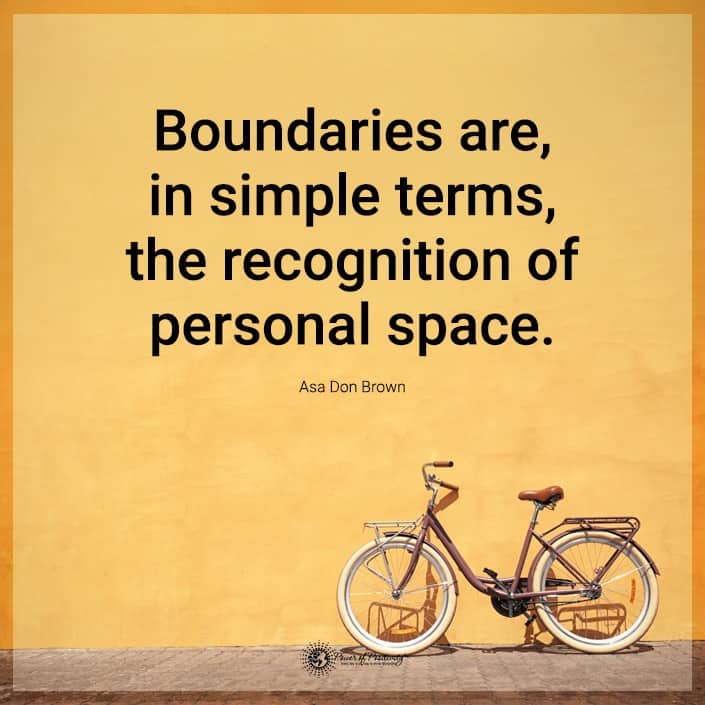
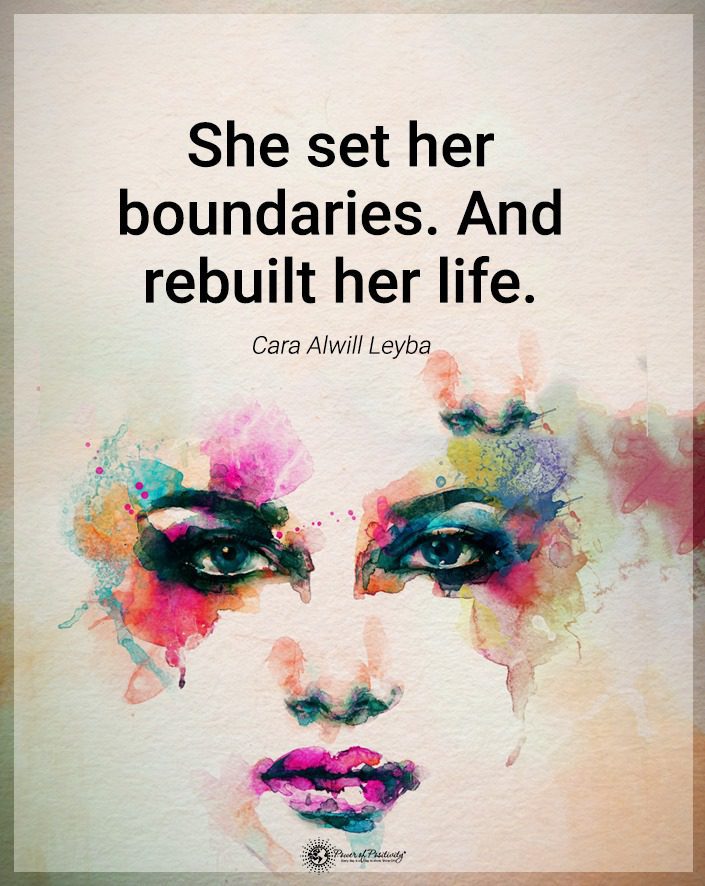

 When you stand up for yourself and find you’re getting aggressive, be sure to reach out for help. It could show you are suffering from psychological issues from some past trauma.
When you stand up for yourself and find you’re getting aggressive, be sure to reach out for help. It could show you are suffering from psychological issues from some past trauma. 6 – Body language
6 – Body language Final thoughts on knowing how and when to stand up for yourself
Final thoughts on knowing how and when to stand up for yourself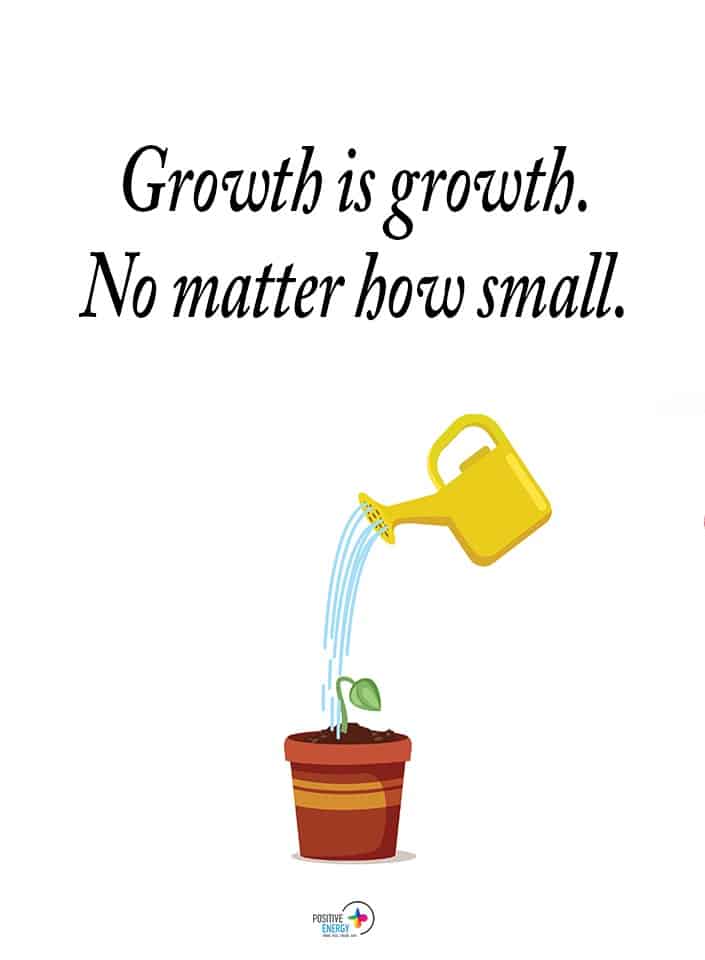
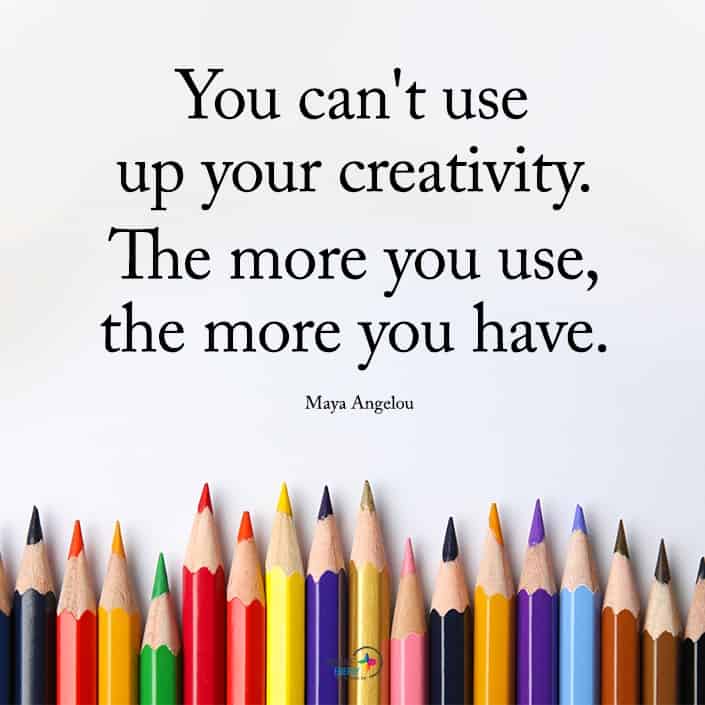
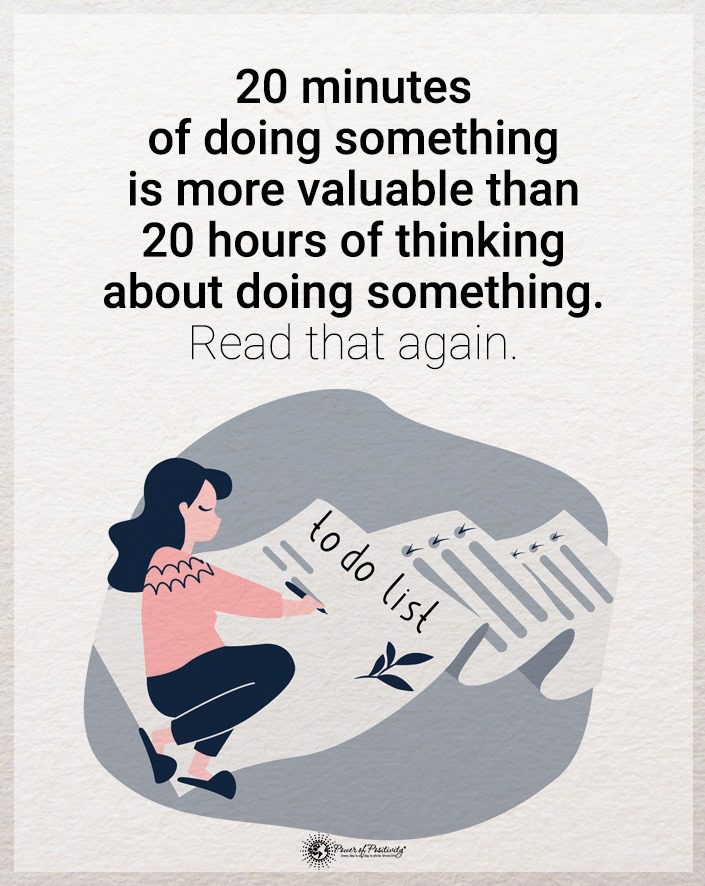
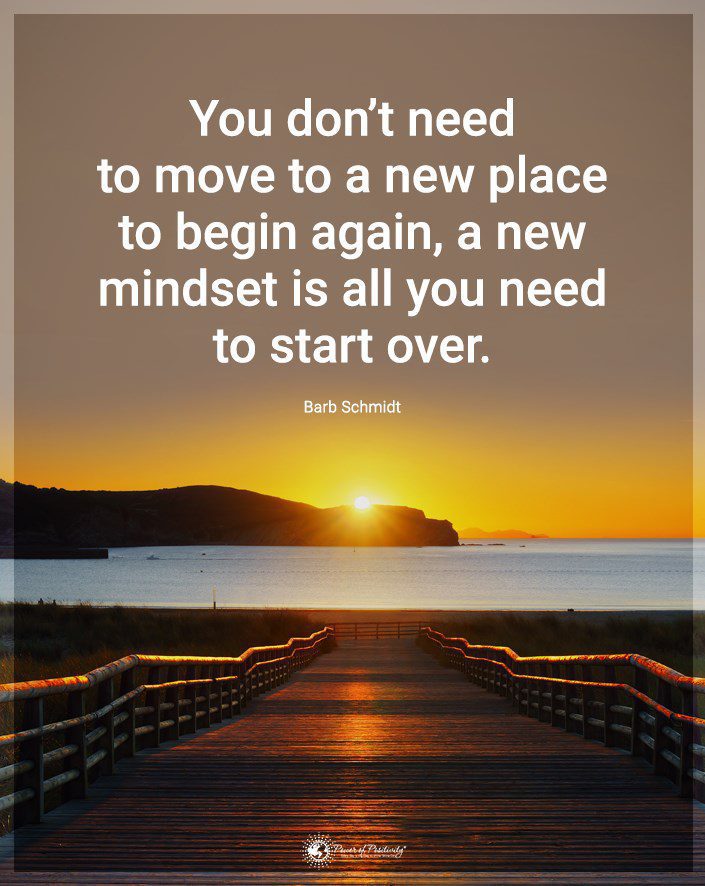 For example, you can say:
For example, you can say: 5. Comment On Something Positively To Start A Conversation
5. Comment On Something Positively To Start A Conversation Final Thoughts On Some Great Ways To Start A Conversation
Final Thoughts On Some Great Ways To Start A Conversation


